IT IS WITHOUT DOUBT THAT THE TORCH OF INDEPENDENCE LIT BY ATATÜRK ON 19 MAY 1919 IN SAMSUN CAUSED DISTINGUISHED WORKS TO BE HANDED DOWN TO POSTERITY. READING THIS 100- YEAR RECENT HISTORY OF TURKEY, THE TRANSFORMATION THE COUNTRY WENT THROUGH, AS WRITTEN BY DISTINGUISHED AUTHORS OF TURKISH LITERATURE WILL BE USEFUL IN UNDERSTANDING TURKEY.
Modern Turkish literature came to life between 1919 and 1923, in fact, immediately after the war, with many works from poetry to novels. It can be seen that Mehmet Akif, who cried
“Wherever I am, I come across a bloody field
Is it you, or your image, O unfaithful Kosovo”
attempts to narrate the National Struggle there and then, following the events that started with the occupation of Istanbul and caused an outburst in the Turkish nation. Mehmet Akif, who was to compose the Hymn of Independence after Turkey emerged from these extraordinary times, relates the days of the National Struggle vividly in his work Gölgeler (Shadows). Poems such as “Alınlar Terlemeli” (Foreheads Must Sweat) (1918), “Umar Mıydın?” (Would You Expect?) (1918), “Hâlâ mı Boğuşmak?” (Still Struggling?) (1918), “Hüsran” (Disappointment) (1919), “Yeis Yok” (No Despairing) (1919), “Azimden Sonra Tevekkül” (First Resolve, Then Submission) (1919) draw a picture of Turkey close to the end of the war.
Mehmet Akif was not an “observing poet” who watched the war from outside during the Great War and the National Struggle, but an involved and responsible artist. In fact, it is understood that he was working on his work Asım between 1919 and 1921, attempting to relate what Turkey was going through. Even if one only considers his assignments in Germany and Egypt during the Great World War, one would see that his work Hatıralar (Memories) is an indicator of a hot conflict.
Süleyman Nazif, a close friend of Akif, returned to Istanbul from Baghdad in early 1917, and, contemplating the dark clouds covering the homeland, employed his poet’s sensibility to communicate his voice through both his poetry and his prose. In a paragraph of his important work, Firak-ı Irak, Nazif wrote, “Oh mother!, I wish I was only your orphan. And died forty years ago as only your orphan, so that I did not thus become an orphan of homeland and history”. Poets’ ability to feel and sense is different from that of novelists, artists, short story-writers or playwrights. Poets are able to write with a more sincere and national romantic sensibility.
THE NOVEL OF THE NATIONAL STRUGGLE
Being one of the most critical periods of Turkish history, the period between 1919 and 1923 is referred to as the Period of National Struggle. Many artists attempted to describe the Period of National Struggle of Turkey, which declared its independence thanks to the successful policies of its charismatic founding leader Mustafa Kemal Atatürk.
Chief among those who committed this period to art through their novels are without doubt Halide Edip Adıvar and Yakup Kadri Karaosmanoğlu, who are two important authors of Turkish literature. Not remaining silent in the fact of the occupation of İzmir, Halide Edip Adıvar spoke at the historic Sultanahmet Meeting. Halide Edip, author of works narrating the 1918-1923 period through works such as Ateşten Gömlek (Shirt of Fire) (1922), Vurun Kahbeye (Beat the Bitch) (1923), Zeyno’nun Oğlu (Zeyno’s Son) (1928) and many years later Türk’ün Ateşle İmtihanı (Turk’s Baptism of Fire), was one of the most effective and noteworthy novelists of the Period of National Struggle. The historic speeches delivered by Adıvar, who travelled to Anatolia with her husband Adnan Bey in 1920 to take part in the National Struggle, earning the title “Corporal Halide”, are vivid examples to the active part she took in the struggle for independence:
“Turks and Muslims, today there is a darkness in front of our eyes that prevents us from seeing ahead; this darkness may continue for months, even for years, but no doubt day will break for the Turkish and Muslim world one day. The sun will rise on our horizon, and illuminate the earth. The sun of Turkish independence and victory will bring a pink hue, hope and joy to our pallid faces. We must accustom our eyes to this sun. The country of Fatih, Yavuz and Kanuni cannot live without its independence; the country of Mithat Paşa, Namık Kemal and Tevfik Fikret may not be deprived of its freedom; let us render our eyes capable of seeing this sun. Let us join hands, walking towards a single goal, Turkish independence and freedom. The country will be saved whatever the case”.
Yakup Kadri Karaosmanoğlu, who wrote the novel of Ankara, is another close witness to Turkey’s longest ten years together with Halide Edip, who went from front to front to bolster the army’s and people’s moral during the National Struggle years as well as joining the war actively. While the work Efruz Bey by Ömer Seyfettin, published during the Armistice period, describes this period deliciously, it is seen that Yakup Kadri takes the stage after a lengthy period of silence, providing Turkish literature with priceless examples.
Between 1912 and 1919, after humour and comedy publications alongside the old-new strife in the Istanbul media, Yakup Kadri relating occupied Istanbul in his Sodom ve Gomore (Sodom and Gomorrah) was not a coincidence, but a conscious choice. In fact, it can be said that there is not a second period novel that depicts Istanbul’s occupation and nightmare years in such depth and consciously as Yakup Kadri does. However, in his work Yaban (Stranger), which he published in early 1930, Yakup Kadri would attempt to write a very twisted novel on the Great War and the National Struggle. However, in spite of the fact that Yaban appears to be criticising the contradiction between intellectuals and the people, I must say that he wrote it with a not too clear eye.
During Turkey’s first ten long years, the 1912 – 1923 period, during which extraordinary events at a scale unparalleled in world history were experienced, Turkish poets, novelists and story writers produced important works for the National Turkish Literature. Literary texts created during this period were mostly structured around the themes of war, freedom, sovereignty and independence. The works produced immediately after the Republic was declared on 29 October 1923 in Turkey, however, would change and take position according to the political developments and changes both in the world and in Turkey.
It is without doubt that the torch of independence lit by Atatürk on 19 May 1919 in Samsun caused distinguished works to be handed down to posterity. Reading this 100-year recent history of Turkey, the transformation and change it went through from distinguished authors of Turkish literature would be fit for understanding Turkey.


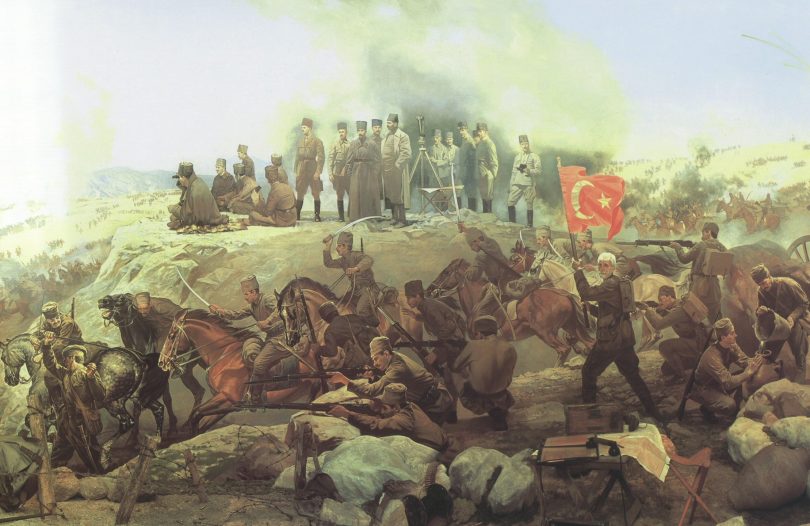
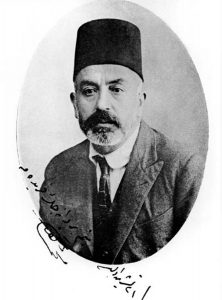
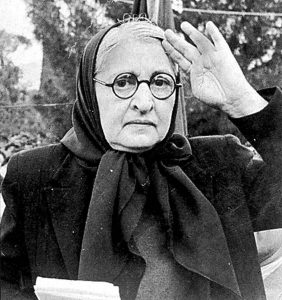

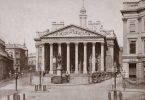

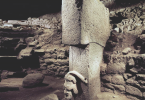


Leave a Comment